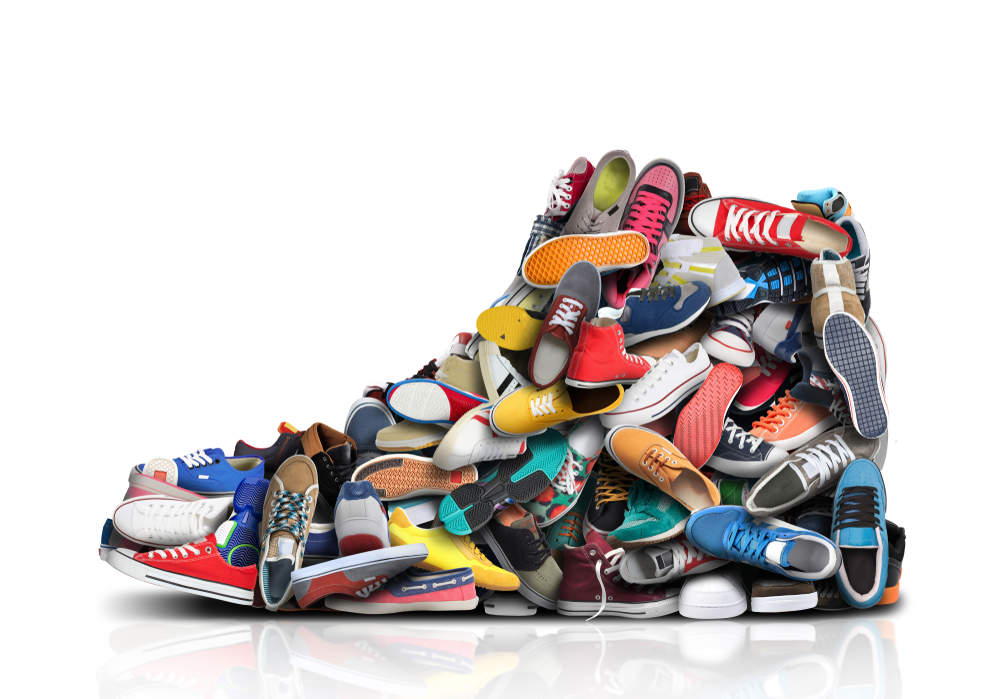Standing behind the Legit Check counter at Sneaker Con, held recently at Houston’s NRG Center, is a guy with a clear tub of plastic tags and a head filled with an encyclopedic knowledge of sneakers. His name is Eric Perez. As each new pair is placed before him, he lifts the lid from the box, removes the shoes, and begins the examination. He presses his thumb against the tread, caresses the tongue, squeezes the toe. He loosens the laces and removes the insole. He scrutinizes the box with the narrow-eyed skepticism of a customs official or a master sommelier. He shoves his nose inside the shoe and inhales deeply: Some replica makers use a chlorine-based glue with a telltale odor. If the sneakers pass, he affixes a tag embedded with an NFC chip that you can scan with your smartphone. If it doesn’t pass, Perez shakes his head.
No explanations are given, no appeals entertained.
What was once a curious niche market (You won’t believe what the kids are paying for sneakers!) is now a corporate juggernaut hyped by its own constellation of celebrities and fueled by online consignment companies like StockX, Stadium Goods, and GOAT, where you can hunt for your personal footwear grail and monitor daily fluctuations in market value. But as those companies flourish, a shadow industry has arisen — a thriving trade in what are called UA, short for unauthorized, or reps, short for replicas. They mostly come from a single city in China—Putian—and they’re churned out in factories by imitation auteurs with handles like Boostmaster Lin, PK, and Godkiller.
These are not flea-market fakes with misspelled brand names and slapdash stitching. They are uncannily exact replicas, often made using the same materials, the same machines, and, according to rumors, with the surreptitious assistance of Nike and Adidas employees able to procure inside information. The objective is one-to-one correspondence between original and duplicate, down to every last crease, contour, and aglet.
“They’ll tell you reasons why they’re fake, this and that, but in the end it comes down to magic.”
The replicas are “coming in heavy today,” Perez says. Most of those who discover that their prized sneakers are bogus accept the news with glum resignation — though not always. Perez has had guys threaten him. “You tell them their $500 sneakers are fake, and it’s like you just stole $500 from them,” he says. Dealers turn to Perez when they’re not sure about a shoe. After handling umpteen-thousand sneakers, he’s developed the sort of hard-won intuition that Malcolm Gladwell wrote about in his bestseller Blink. “Sometimes I open a box and just know there’s something wrong,” Perez says.
But Perez will admit he’s not infallible and that he has probably mistakenly deemed replicas legit. Not long ago, he was confronted with a pair of Tom Sachs Mars Yards, which sell for upwards of $3,000. As it happens, Perez owns that shoe, so he knows it particularly well. He was suspicious but couldn’t say exactly why. Then he noticed that the margins of the booklet that comes with the shoe were a little too wide. That’s how he figured out he wasn’t holding an official Nike product: The margins of the booklet. The shoes themselves were perfect.

